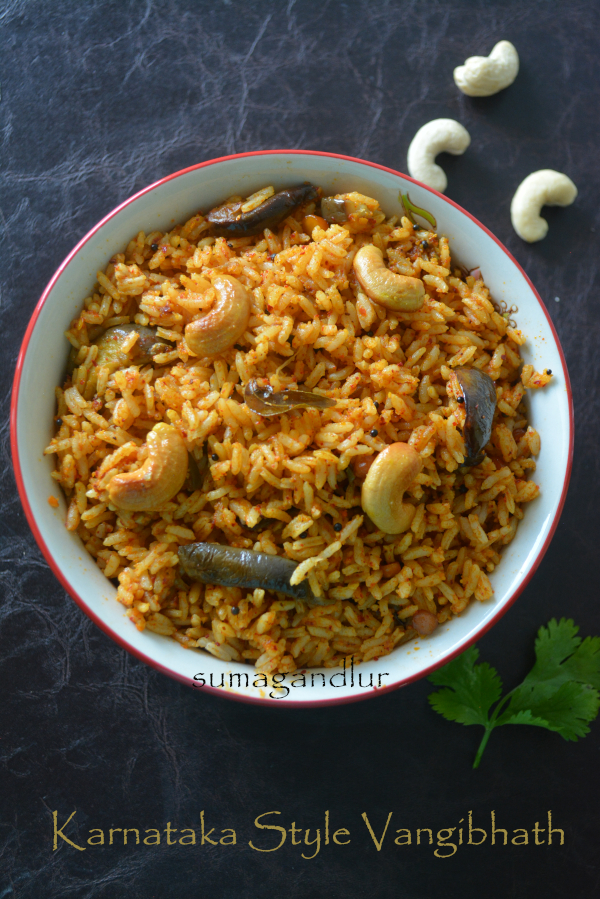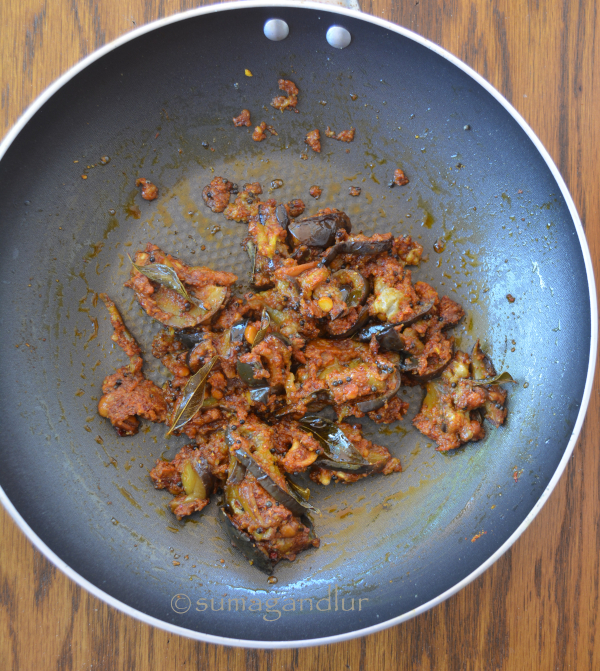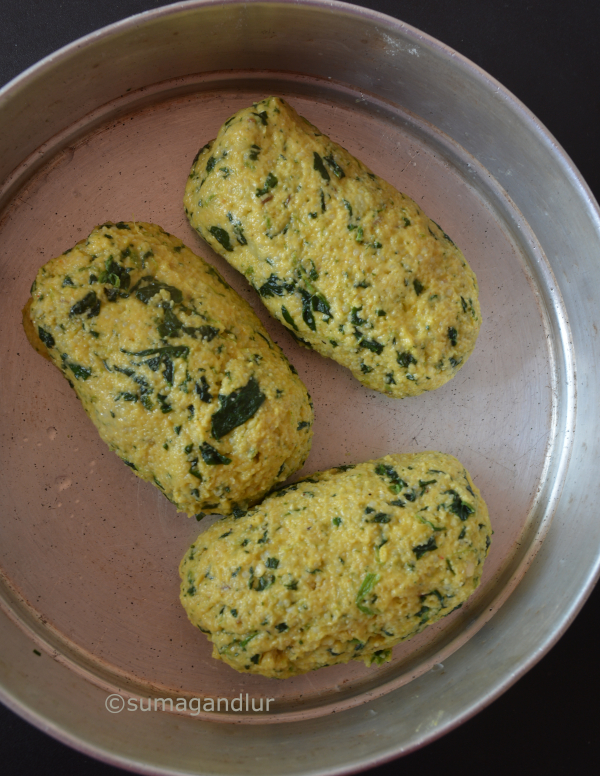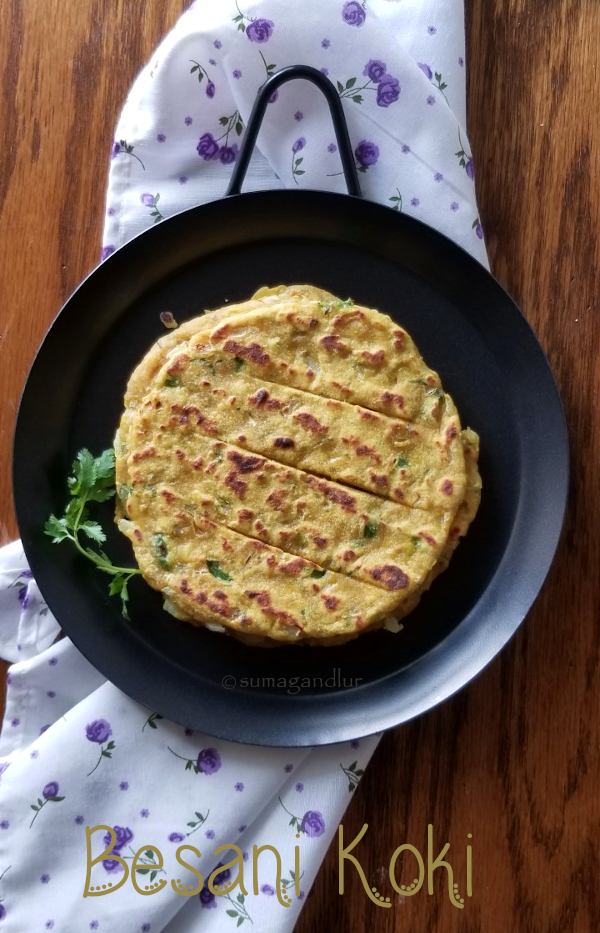These pictures were taken with a mobile phone and so they are not that crisp as they need to be but I assure you that festive meal was a delicious one. 😀 I decided to keep this post to the minimum basics as each regional cuisine from Karnataka deserves a post of it's own. Today's thaali is a typical one from the southern regions of Karnataka though many of the dishes are not region specific. The cuisine of Karnataka, one of the south Indian states of India is one of the oldest cuisines in India. It includes both both vegetarian and non vegetarian stuff but I am sticking to the vegetarian part.
There are noticeable differences in the cuisine across the regions in the state. With a broad stroke, Karnataka cuisine can be classified region wise / community wise into the following.
1. North Karnataka Cuisine
2. South Karnataka cuisine
3. Malenadu Cuisine (Coorg / Kodagu which has it's own distinct cuisine also comes under the Malenadu region.)
4. Udupi Cuisine
5. Konkani Cuisine - Includes Saraswat Cuisine, Navayath cuisine and Mangalore Catholic cuisine
Jowar and wheat are the common crops in the northern region where the area is semi arid with a hotter climate. In fact, jolada rotti / sorghum flour flatbreads are every day lunch in most homes of the northern region. They pat the jowar rotis thinner and bigger like wheat rotis just using hands. Ennegai, the stuffed eggplant gravy and the jowar roti is the popular combo from the region. Where as ragi and rice rule the southern region. Ragi muddhe / cooked finger millet ball is the predominant everyday meal in most of the rural and non brahmin homes and eaten with bassaru, upsaaru or non vegetarian side dishes. Kodava cuisine in the meanwhile revolves around rice which has a variety of rice based recipes ranging from breakfasts to desserts. Piegeon peas / toordal, moong, horse gram are the most commonly used legumes in the cuisine. Coconut is widely used in cooking in the coastal and the southern areas and the food is mostly mild.
The kodavas are predominantly non-vegetarians, a direct result of their geographical setting with no road access to other regions in the olden days. They were surrounded by forest with plenty of game to hunt and had a conducive climate to agriculture which led them to be a self sufficient community. Pandi curry is one of their iconic dishes which was prepared after a wild boar hunt. Some of the ingredients used in the Coorg cuisine are available only locally making the cuisine unique. The northern regional cuisine is predominantly vegetarian because of the large presence of Lingayats who are vegetarians while the Konkanis including most of the brahmins consume seafood because of the proximity to coastal region.
The famous south Indian breakfast masala dose has it's origin in the Udupi cuisine. The other popular dose from the state include neer dose, surnoli, uppu huli dose, Mysore masala dose, set dose and others. Rave idli, the popular creation of The MTR brand also belong to the state. Idlis steamed in various kinds of leaves is a traditional breakfast in the Udupi, Mangalore regions and there are plenty of idli variations in the state including sanna, horse gram idlis, pumpkin idlis etc. Mangalore buns and nuchinunde are popular breakfasts as well. Rotti is one more popular breakfast from the state including the ones made with rice flour, cooked rice, finger millet flour, and semolina. Nool puttu, kadambuttu, akki otti are some of the popular breakfasts from the Coorg region.
Bisibele bhath, kayi saive anna, vangi bhath, puliyogare, menthya bhath are some of the famous rice dishes from the state. Bhatkali biryani, donne biryani are some of the non vegetarian rice dishes. Dishes made with avarekayi / field beans is popular in Bangalore area. Girmit, menasinakayi bajji, goli baje, aambode, Maddur vade, pathrode, nippattu, kodbale, mandakki are some of the famous snacks while chiroti, holige, kajjaya, laadu, halbai, chikklunde, Mysore pak, Dharwad peda, Belagavi kunda, karadantu, hayagreeva, kashi halwa, gasagase payasa are some of the famous sweet dishes from the state. Kuswar is the set of 22 different traditional Christmas goodies prepared by Mangalore Catholics. Condiments like shenga hindi (peanut powder), gurellu pudi (niger seeds powder), agase chutney pudi (flax seeds powder) and ranjaka made with red chillies pastes are some of the popular condiments from the northern parts of the state.
A meal during functions is served on banana leaf where the dishes are served in a specific order and will contain many items. No one starts the meal until the ghee is served which is a signal that all the items have been served on the leaf except the rasam and yogurt which are served at the end. The everyday meal in a typical brahmin home contains rice, palya (curry), huli (sambhar), and mosaru / yogurt. There may be a uppinakayi / thokku - pickle / chutney and sandige (fried vadi) to perk up the meal. Thili saaru / rasam is optional. No snacks / sweets are served for everyday meals. My thaali was prepared during Navratri and contains the following items.
Sides
Uppu - Salt
Nimbekayi uppinakayi - Lemon pickle
Nimbekayi uppinakayi - Lemon pickle
Kosumabari - Cucumber salad
Thuppa - Ghee
Sandige - Vadi
Mosaru - Yogurt
Curries
Thondekayi palya - Ivy gourd curry
Kosu batani palya - Cabbage and green peas curry
Dals
Thovve - Seasoned plain dal (I forgot to place it.)
Soppina saaru - Spinach dal
Avarekayi melogara - A spicy field beans gravy
Thili saaru - Rasam
Rice
Maavinakayi chitranna - Green mango rice
Vangi bhath - Spicy eggplant rice
Anna - Steamed rice
Snack & Sweets
Ambode - Split chickpeas fritters
Holige - Poli / Sweet stuffed bread
Gasagase payasa - Poppy seeds kheer
Gasagase payasa is one of the delicious and popular payasa / kheer from Karnataka that is prepared on festive days. The toasted raisins and cashews which is a trademark of south Indian style payasa is not usually added in the case of gasagase payasa and so, the kheer is somewhat plain looking, especially when sugar is added. However be assured that the looks are compensated with the fabulous taste here. Toasted cashews and raisins can be added at the end of preparation if preferred and sugar can be substituted with jaggery in the recipe.
I have already posted the gasagase payasa recipe here. This is my mother's version where she doesn't add the tiny bit of rice that is common in this payasa preparation. If preferred 2 tsp. rice can be toasted and ground along with poppy seeds. The kheer is prepared usually with a ground mixture of poppy seeds, coconut, rice and a few nuts which is optional. The coconut is added for flavor and to increase the quantity of kheer to be honest as poppy seeds are expensive in India. And therefore one can add coconut as much as they prefer but don't go overboard since this is supposed to be poppy seeds payasa not coconut one. 3/4 to 1 cup of milk would be needed for each tbsp. of poppy seeds used. I wanted a very thick kheer and added only about 2 cups of milk for the following measurement but upto 3 cups of milk can be added here.
Ingredients:
1/4 cup poppy seeds
1/4 to 1/2 cup shredded coconut (I added a little over 1/4 cup.)
4 almonds + 4 cashews (My mother adds some raisins as well.)
Seeds from 1 cardamom
1 cup water
2.5 cups milk
1/2 cup sugar
Directions:
* Toast the poppy seeds lightly and keep aside.
* Thaw the coconut if using frozen stuff.
* Grind the poppy seeds, nuts and cardamom seeds finely without adding any water. Then add coconut and water as needed to grind the mixture.
* Pour the mixture into a pan, preferably a non stick one. Clean the mixer jar with the remaining water and pour that as well into the pan. Add milk and start cooking on low medium flame. (Add more milk if needed as it slightly thickens after cooling.) Bring the mixture to a boil, stirring almost constantly. Lower the heat, add sugar and cook for 3 to 4 minutes more.
* Serve it warm.






















































